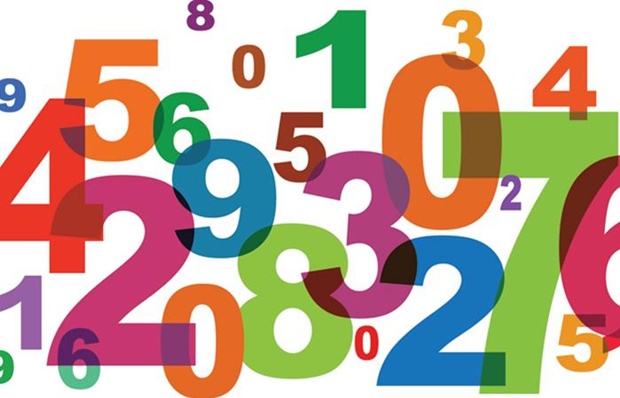

BY THE NUMBERS....
Gary Morris~I'd Be The FIRST To Fall In Love
please go to the top of the thread.
made on the thread. Thank you!


The string quartet is a basic building block of the chamber repertory. If you add one other instrument, you come up with a quintet, and there are many types of quintet. Tonight I’ll take you through two of the greatest masterpieces in the genre.
This is considered to be the greatest piece of chamber music ever composed. I had the privilege of hearing this quintet in a luminous performance in Vancouver (BC) just a few weeks ago.
Schubert opted for the fifth instrument being a cello rather than a viola, which permitted him to mine a deeper set of sonorities. In this video, if you follow the second cello and her wonderfully rich musical lines, you can see why Schubert opted for that instrument.
Schubert put aside, once and for all, his juvenile style, which owed a lot to Mozart and Haydn. Now he embarked on a journey with a style so different that it sounds like an entirely different composer.
Schubert used the key of C Major for his most profound utterances. It opens with a C Major chord immediately morphing into a C-E-flat-F#-A-C chord, which casts a shadow over it. Not by coincidence, this same chord pattern opened a song, “The Almighty,” that Frannie had written a few years earlier. The entire quintet is a battle between light and darkness, with the Neapolitan interval, the half-tone upward move, being the unifying idea.
This movement is in sonata format. The first subject has the feel of an introduction, and it’s not until the second subject in G Major that you get the sense of a real melody. This performance skips the exposition repeat and goes right into the development. The recap at 8:30 is heartbreakingly beautiful, and everything falls back into C Major. The coda turns dark and stormy, but resolves peacefully.